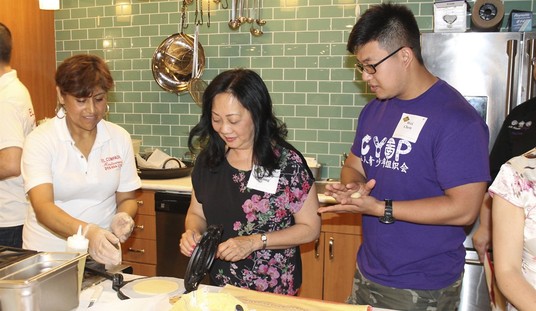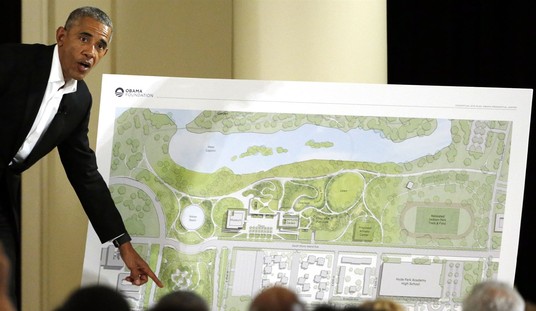Illinois Governor Pat Quinn said that he would consider sending the national guard and state police to Chicago in order to help police with escalating gang violence.
The governor’s suggestion comes after an horrific attack at a south side park where gang members opened fire on a basketball game, wounding 13, including a 3 year old boy who was shot in the face.
Overnight on Friday, 4 more people were killed and 7 others wounded in separate incidents across the city.
Speaking about this week’s mass shooting in the Back of the Yards neighborhood, Quinn says he’s open to talking with Mayor Emanuel or Chicago Police Supt. Garry McCarthy about supplementing Chicago law enforcement with state police or the Illinois National Guard.
He said he’s had no specific conversations but noted state police are helping patrol in East St. Louis, another city that has its challenges with violent crime.
“I think anyone who saw what happened in Cornell Park the other night was horrified by the violence. I live on the West Side of Chicago. It is an area that has been inflicted with violence, and we’ve got to protect the people,” Quinn told reporters Saturday.
Talk about using state firepower in Chicago isn’t unprecedented. In 2008, then-Gov. Rod Blagojevich suggested using the state police and National Guard to help Chicago police with “out of control” violence.
The comment was widely interpreted as an insult to then-Mayor Richard Daley, with whom Blagojevich was feuding.
Quinn said potential solutions to crime include community efforts to minimize the impact of gangs and early education.
He says he also remains committed to doing something about assault rifles – one is suspected of being used in Thursday’s shooting – and high-capacity ammunition magazines.
Quinn did not explain how keeping law abiding citizens from purchasing an “assault weapon” would prevent gang bangers from making target practice out of innocents.
This latest wave of violence comes despite a change in police tactics. The department has flooded 20 high crime areas with extra officers hoping to deter gang violence. It hasn’t worked. And it may be contributing to a spike in crime in other neighborhoods left vulnerable by the absence of police.
Chicago is now officially the “Murder Capital” of the US, according to the FBI. There’s no shortage of blame to go around for that, nor is there a dearth of explanations not related to city administration. The evolution of gangs in Chicago is often cited for the increase in violence. As gangs proliferate and fracture, drug territory shrinks and turf wars break out.
Another reason for the increase in violence is that, like Detroit, Chicago is bleeding population. As people leave, businesses close, jobs disappear, and social cohesion is lost. Once poor, but functional neighborhoods degenerate into poverty stricken breeding grounds for gangs.
But truly, you have to look to the Emanuel administration and its policing policies to trace the descent into urban chaos. Right now, Chicago is a little less than 1,000 police short of authorized strength. And with budget constraints, few new recruits are possible. This has had some impact, although other cities are facing similar shortages and don’t have Chicago’s level of violence.
There have been accusations that Emanuel has politicized the police force, appointing a politically connected deputy to then police superintendent Jody Weiss. The new superintendent, Gary McCarthy, has disbanded the anti-gang task force and is emphasizing community policing with officers on regular beats so that they can get to know the neighborhoods.There has been a greater emphasis on intelligence which is useful in some areas.
But here, we get back to numbers. Officers are leaving the force in record numbers and unless money can be found for new recruits, the problems with gang violence are likely to get worse. The strategies may be sound, but if you don’t have the personnel to make the strategy effective, it doesn’t matter.
Even with all the shootings in recent days, the murder rate has dropped substantially from 2012 when 538 Chicagoans were killed. This is cold comfort for a city under siege with residents afraid to go to a neighborhood park with their children for fear of a spasm of senseless violence breaking out.










Join the conversation as a VIP Member